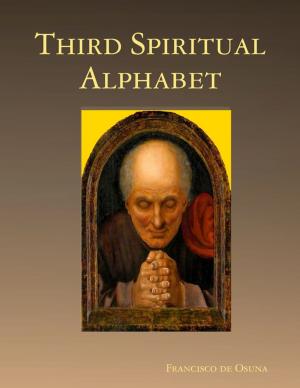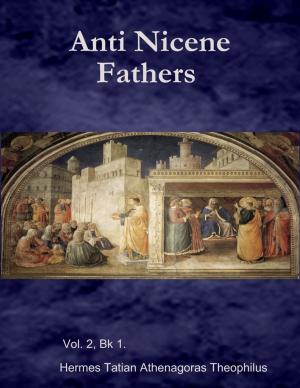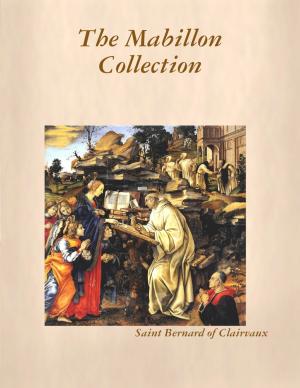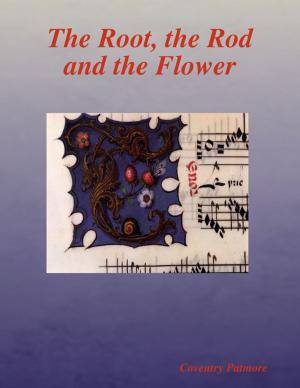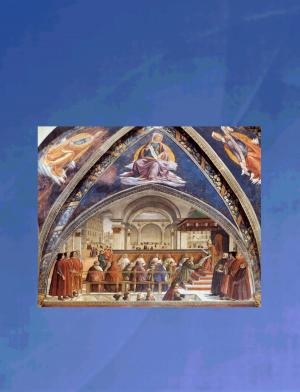| Author: | Hugh of St. Victor | ISBN: | 9781936392704 |
| Publisher: | Revelation Insight | Publication: | June 1, 2016 |
| Imprint: | Revelation Insight | Language: | English |
| Author: | Hugh of St. Victor |
| ISBN: | 9781936392704 |
| Publisher: | Revelation Insight |
| Publication: | June 1, 2016 |
| Imprint: | Revelation Insight |
| Language: | English |
This is a great and almost excessive improvement on St. Augustine’s doctrine, and on that of the early medieval writers. Hugh considered that the study of Sacred Scripture and its historical and literal meaning makes possible true and proper theology, that is, the systematic illustration of truths, knowledge of their structure, the illustration of the dogmas of the faith. He presents these in a solid synthesis in this treatise. Among other things, he provides a definition of "sacrament" which, further perfected by other theologians, contains ideas that are still very interesting today. "The sacrament is a corporeal or material element proposed in an external and tangible way", he writes, "which by its likeness makes present an invisible and spiritual grace; it signifies it, because it was instituted to this end, and contains it, because it is capable of sanctifying". On the one hand is the visibility in the symbol, the "corporeity" of the gift of God.
This is a great and almost excessive improvement on St. Augustine’s doctrine, and on that of the early medieval writers. Hugh considered that the study of Sacred Scripture and its historical and literal meaning makes possible true and proper theology, that is, the systematic illustration of truths, knowledge of their structure, the illustration of the dogmas of the faith. He presents these in a solid synthesis in this treatise. Among other things, he provides a definition of "sacrament" which, further perfected by other theologians, contains ideas that are still very interesting today. "The sacrament is a corporeal or material element proposed in an external and tangible way", he writes, "which by its likeness makes present an invisible and spiritual grace; it signifies it, because it was instituted to this end, and contains it, because it is capable of sanctifying". On the one hand is the visibility in the symbol, the "corporeity" of the gift of God.





